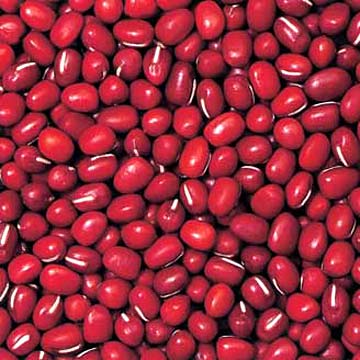Green beans are a food item in the same family as black beans and kidney beans. They consist of a green pod with small seeds inside, and both are usually eaten together as a single unit. Green beans are sometimes called string beans or snap beans. The term “string bean” comes from the preparation routine that involves removing a stringy piece of fiber from the back of each bean before cooking. Many newer strains of green beans don’t actually have a string anymore, and the only preparation required is snapping off the ends.
The beans are normally eaten fresh, and when purchasing them, it is generally important to choose beans of the highest quality. Most experts say that a bright green color is a good sign, and there shouldn’t be bruises or any other noticeable flaws. The beans should generally be firm and crisp, and they should make an audible cracking sound when broken. It is important to store beans in the refrigerator until right before they are cooked, and it is a good idea to wash them before cooking.
Health Benefits of Green bean
Best studied from a research standpoint is the antioxidant content of green beans. In addition to conventional antioxidant nutrients like vitamin C and beta-carotene, green beans contain important amounts of the antioxidant mineral manganese. But the area of phytonutrients is where green beans really shine through in their antioxidant value. Green beans contain a wide variety of carotenoids (including lutein, beta-carotene, violaxanthin, and neoxanthin) and flavonoids (including quercetin, kaemferol, catechins, epicatechins, and procyanidins) that have all been shown to have health-supportive antioxidant properties. In addition, the overall antioxidant capacity of green beans has been measured in several research studies, and in one study, green beans have been shown to have greater overall antioxidant capacity than similar foods in the pea and bean families, for example, snow peas or winged beans.

